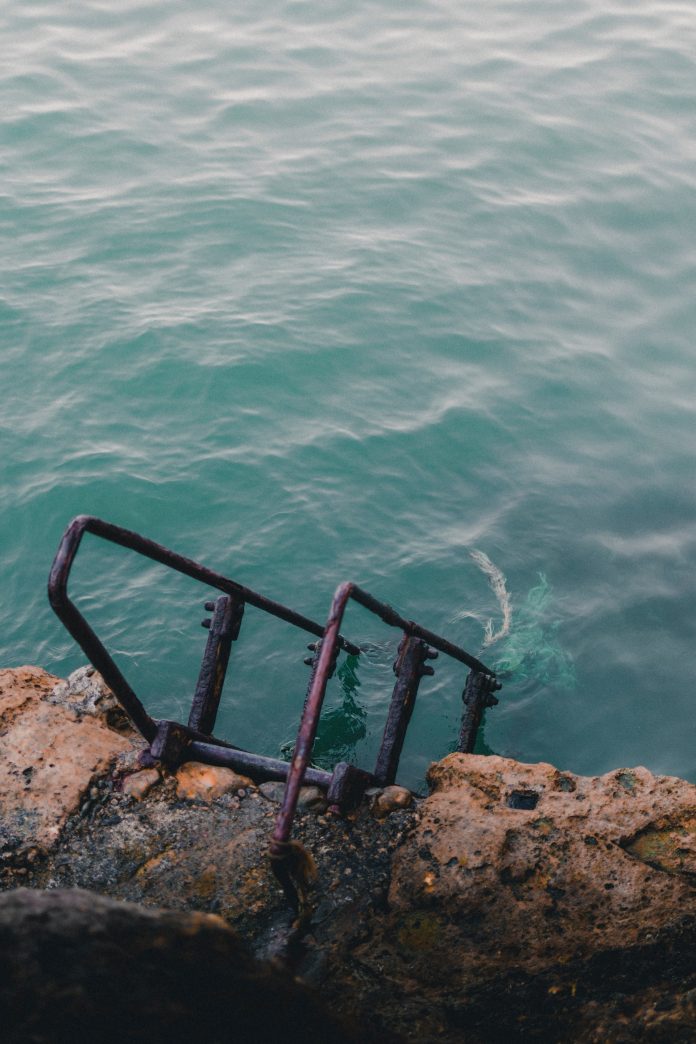Gaffing Fish
The gaff, a large hook on the end of a pole, is most often associated with landing large fish subdued by other means, otherwise known as gaffing fish. When an angler has the tired quarry boat side, it can be lifted aboard after impaling it with a gaff hook.
The Flying Gaff
Some fish are too large and dangerous for a standard gaff; they may zoom off, pulling the gaffer along for a ride if he doesn’t let go. The flying gaff was created for such occasions. Here the hook disengages but is secured by a cable, and the angler fights the fish once again, but with sterner gear.
Related Articles:
-
Effective Trout Bait of Salmon Eggs, Nightcrawlers, Christmas Trees and Crickets
-
How to Catch Halibut
-
Fishing Floats: What You Need To Know
-
Bank Poling and Limb Lining
-
How to Kite Fish
Gaffing Fish in the Himalayas
Fishermen have used gaffing fish to catch fish in the rivers of the Himalayas for millennia; in fact, some believe that method – essentially an extension of man’s grasp – is the earliest fishing technique. Gaff hooks mounted on long poles were held vertically until a large fish was seen or felt, and then snatched upward.
Other Practical Instances of Using Gaffs
There are other situations where gaffs are used directly to catch fish. In the Amazon, among others, fishermen use barbed gaffs during flood periods to catch catfish swimming upstream along its banks. During low water, the fishermen then build platforms along the shores. Then, when waters rise, they stand on the platforms and stroke their eighteen to thirty foot long gaffs up and down until they hook a fish.
Miniature Gaffs
Miniature gaffs have been used to collect toad fish, which are cave dwellers. Before when scientists in Central America had trouble gathering them, children made gaffs from coat hangers, and then dove near the toad fish’s hideouts and pulled them out by jabbing their little gaffs into the corners of the fish’s mouths.













